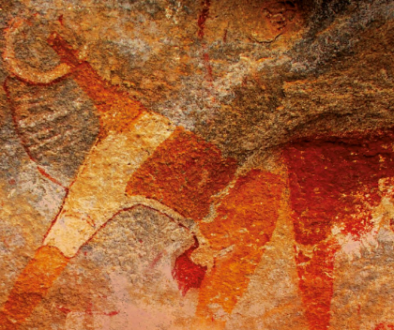Ethiopian Church Forests. Opportunities and Challenges for Restoration
Alemayehu Wassie Eshete2007
Church forests are the last refuges of many species in Ethiopia and may act as stepping stones for restoration. However, information on these forests is scarce. This PhD research assesses forest community structure and composition of the church forests, investigates major bottlenecks for regeneration of woody species, and explores opportunities and challenges for restoration. Two major questions are addressed:
1. How do forest structure, species composition and biodiversity vary across church forests, and what are the major factors driving such variations? Factors considered are altitude, forest size, livestock grazing intensity and wood harvest intensity. This issue is studied by comparing 28 church forests, distributed over the study area.
2. What are the major bottlenecks in the regeneration of woody plants in church forests? These bottlenecks are studied for one to seven church forests and a major focus is given to the effects of soil seed bank (chapter 3), post-dispersal seed predation (chapter 4) on seedling establishment, and of livestock grazing (chapter 5), microsite gradients and management interventions (chapter 6) on seedling establishment, seedling survival and growth.
Reference
Alemayehu Wassie Eshete (2007) Ethiopian Church Forests. Opportunities and Challenges for Restoration. PhD thesis, Forest Ecology and Forest Management Group, Centre for Ecosystem Studies, Wageningen University. The Netherlands. ISBN: 978-90-8504-768-1.




